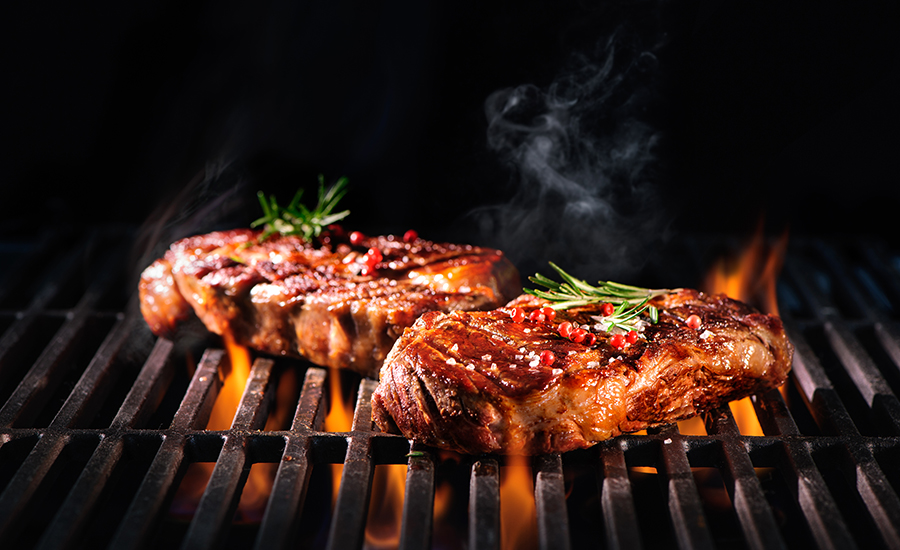Category Report: Beef
Market adapting to higher beef prices
On the buyer side, imported beef helps offset lower domestic beef availability.

Opening image credit: GettyImages / AlexRaths / iStock / Getty Images Plus
Michael Farrand, global head of food and ag at DecisionNext, a commodity market price and supply forecasting solutions provider, shares insights on the outlook for the beef market in the US.
With the beef supply on track to decline through 2026, how are producers and buyers adapting?
Michael Farrand: On the producer side, the story remains around questions of herd rebuilding, which continues to have yet reared its head. However, we are seeing fed cattle being held on feed for longer due to lower grain prices and reduced slaughtering. This means cattle are coming to slaughter much heavier. These likely result from profitability pressures on the processors facing resistance toward increasing beef prices despite higher cattle values. On the buyer side, we continue to see large imports being brought in to supplement the supply of lower domestic beef availability. The strength of the US dollar continues to support this trend as well. The softness of the Japanese yen is also likely to put pressure on other exporting beef suppliers, as reductions in Japanese demand will push volumes elsewhere.
How is the beef supply situation creating opportunities for other proteins?
Michael Farrand: We’ve reported that chicken is already riding the meat pricing wave up (DN March Newsletter link (https://decisionnext.com/the-decisionnext-finished-goods-indices-march-2024/), helped by chicken plants that have been shuttered in response to significant oversupply in the last year. This is also being amplified with ongoing avian flu outbreaks. In the hog and pork complex, the hog side is still working to recover from its least profitable year on record last year. Pork cut prices and cutout values have seasonally improved from last year, however, they appear to be facing some resistance at the higher price levels during an important summer season. A still small but creative product development we have enjoyed from the pork industry is the Pork Coppa steak, which is designed to deliver an eating experience similar to beef rib eye. The National Pork Board is teaming up with retailers to market this cut. Tapping into the higher value customer is a bold and creative idea when beef prices are not expected to come down for some time.
Given current and emerging challenges in the beef market, how can processors optimize their efforts to ensure optimum profitability?
Michael Farrand: From a processing standpoint it is all about finding efficiencies within the existing processing system. But from a marketing and sales perspective it is about finding efficiencies in existing marketing techniques. So much of trade is through fixed-volume formula pricing because it reduces how much time we have to spend making deals, while ensuring supply. That can obviously come at a cost because we are allowing everyone else to tell us how to price our products. However, if firms are able to increase their efficiencies in marketing, and thereby perhaps moving more volume to negotiated, they might be able to better time buys/sales in such a way that can improve their bottom line. The key with that, however, is knowing how to stay on top of a perpetually changing and complex market. This can be done through innovative ways to forecasting meat prices
What are some emerging beef market opportunities?
Michael Farrand: The persistence of high beef prices is changing the relative differences between premium and specialized beef cuts. Intuitively, when markets rise, the relative gap to more premium and specialized grades closes. This three-year period of rebuilding and rebalancing in the beef space will continue to open the door for expanding value-added label claims.
Looking for a reprint of this article?
From high-res PDFs to custom plaques, order your copy today!
.png?height=96&t=1647275041&width=96)




